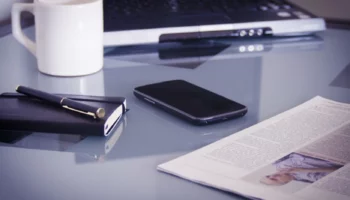In today’s hyper-connected world, our phones, laptops, and tablets rarely leave our side. We wake up to notification pings, scroll through emails during breakfast, and wind down at night with endless social media feeds. While technology keeps us informed and connected, it can also quietly become one of the biggest sources of stress.
If you’ve ever felt anxious when you couldn’t check your phone, overwhelmed by constant emails, or drained after hours of scrolling, you’re not alone. Studies show that excessive screen time is strongly linked to higher stress, anxiety, and poor sleep quality. That’s where the concept of a digital detox comes in—a conscious decision to step away from digital devices, reclaim mental space, and reduce stress.





